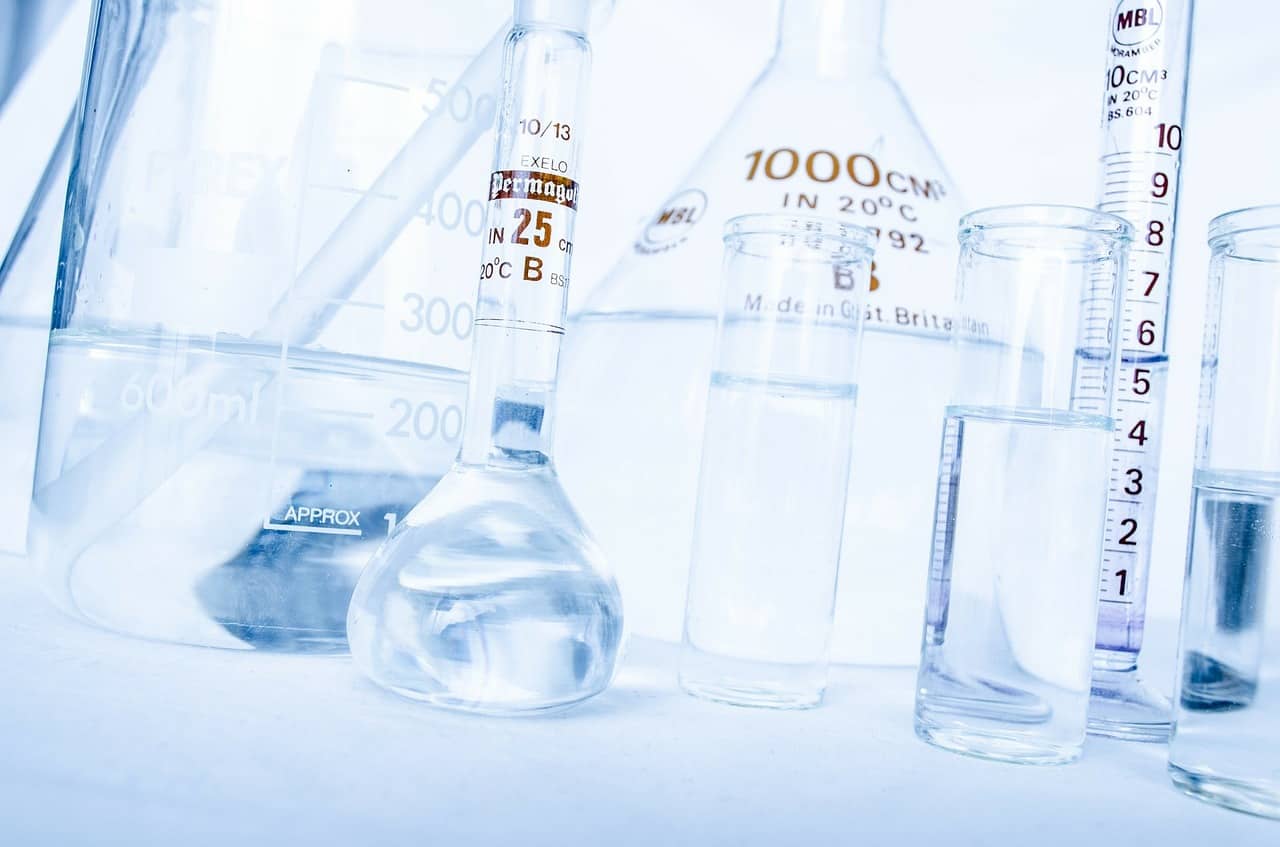Used across the world, polyolefin is favoured for being a versatile material that can be used in shrink wrap machines for a variety of different reasons. Whether it’s for transportation, packaging or safety, it is a useful plastic that is frequently acknowledged for its multi-purpose uses within businesses. However, how much do you actually know about polyolefin? We’ve included a list of ten facts below to get you clued up on your shrink wrap.
Several different types of plastic fall under the category of polyolefins
Used as an umbrella term for a collection of plastics, polyolefin’s include low-density polyethylene, linear low-density polyethylene, high-density polyethylene and polypropylene. As a group, they fall into the category of thermoplastics – a material which can be melted and returned to their original state – and are one of the most commonly used plastics around the globe. In shrink wrapping, low-density polyethylene is used, as this is the material that you can most commonly find plastic carrier bags and bin bags are made from. However, other materials that fall under the category of polyolefins can be found in items such as straws and thermal underwear thanks to it being resistant to high heats.
Polyolefins are made from carbon-rich substances
The structure of polyolefin is composed of a double-bonded pair of carbon atoms and four hydrogen atoms. Together, this creates an organic hydrocarbon which is most commonly known as an alkene. As a result of its structure, polyolefins are made up of carbon-rich substances, such as butanes or butadiene, as well as naturally-occurring coal, oil or natural gas.
Polyethylene’s growth rate is around 4.7% annually
The world’s plastic demand is increasing yearly, with polyolefin providing a cheap way of packaging a plethora of items. To keep up with the need for the material, it has been forecast that the 2017 growth rate of the industry was at 4.7%. Additionally, last year’s demand was at 170m tonnes globally, with this expected to increase to 200m tonnes before 2020.
Polyolefin can be recycled
When correctly separated from other recyclable items, polyolefin can be recycled. Although restrictions may apply in specific areas, this is positive as it is environmentally-friendly and can be used to create additional products that are formed from the material.
There are no harmful chemicals in its composition
One of the benefits of using polyolefin is that there are no chemicals in the material which can be seen as damaging or harmful. As a result of this, they have been approved to be used in food packaging and can be commonly found in supermarkets.
The melting point of polyolefin is between 110ºC and 130ºC
As mentioned above, there is nothing that can be seen as harmful in polyolefin, which means that if it is to reach its melting point of somewhere between 110ºC and 130ºC, no chemicals will be emitted. Although their melting point is high, they begin to soften below 100ºC. Additionally, in particularly low temperatures, such as at 0 ºC, they can start to lose their strength, so care should be provided when dealing with both of these temperatures.
Polyolefin was discovered by accident
As one of the oldest plastics in production, polyolefin was initially created by Imperial Chemical Industries (ICI) in 1933. The plastic was discovered by two research scientists Fawcett and Gibson, in Winnington, UK, after returning to work. Overnight, a small quantity of white powder was formed as the result of a few condensation experiments, which included ethylene and benzaldehyde. It took several years before the duo was able to replicate the accidental experiment accurately and was actually only made possible again by a slight error in the method they were attempting!



